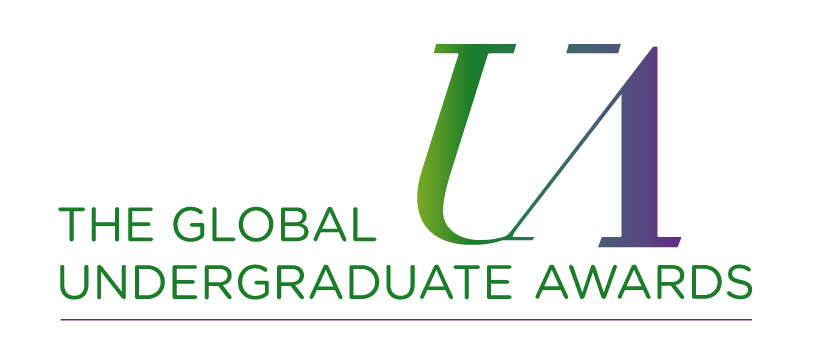Title
Curating Suffering: The Challenges of Mobilising Holocaust Histories, Narratives and Artifacts
Document Type
Article
Publication Date
2018
Abstract
With the upsurge in public interest in truth and accessibility to historically suppressed narratives surrounding human atrocities, the research done by archaeologists has taken on a new authority in these discussions as being a tangible link to victims, perpetrators and context. With this comes a return of the common debate amongst researchers, how best to present and represent their work to the public ensuring it is accessible, accurate and interesting. When it comes to knowledge mobilization of sensitive but important events, the Holocaust makes an interesting and relevant case study as debates surrounding its teaching and presentation have been continuous over the last half-century. Current trends favour an upfront and personal approach balancing access with empathy when presenting its narrative. This review of current writings on Holocaust archaeology and museum curation will examine these current practices, their implications, and how artifact collection and presentation affect the interpretation of both the objects and the experience of Holocaust victims. Debates surrounding ownership, narrative viewpoint, practice, comparison, inclusion, assumption, subjectivity and sensitivity will all be discussed, with a final discussion of the importance of ambivalence in the manner Holocaust artifacts are presented to allow for an authentic, respectful but challenging experience to engage with visitors and teach both fact and empathy for an impactful presentation of human atrocity.



